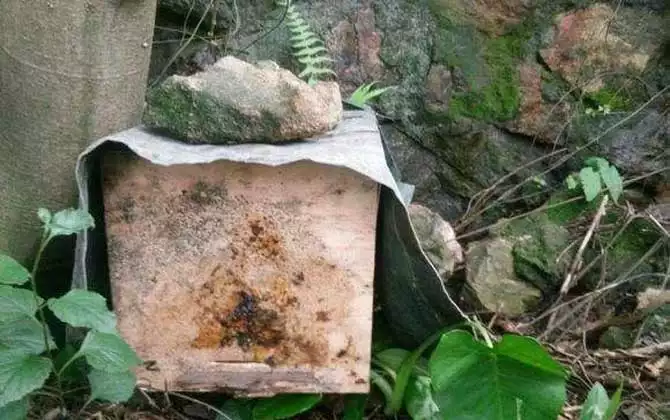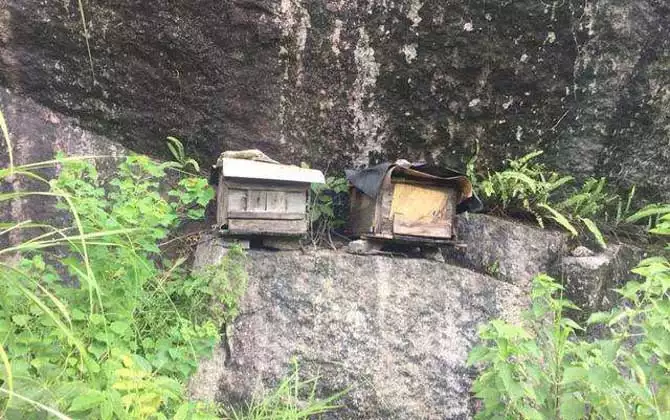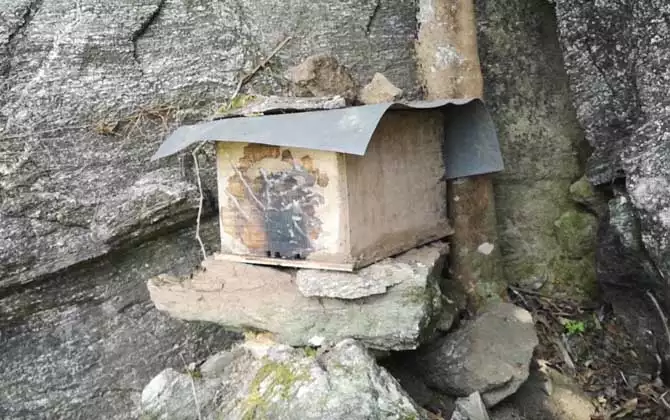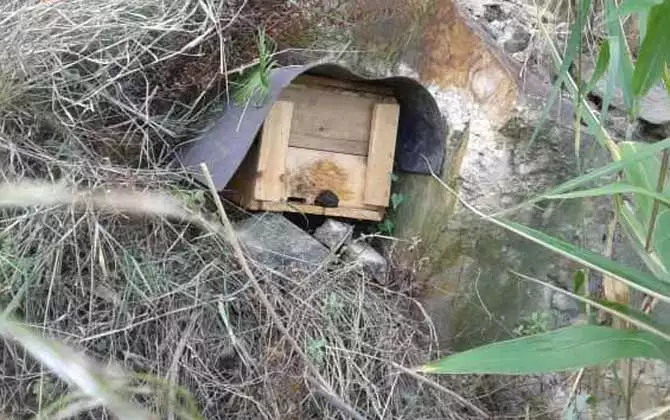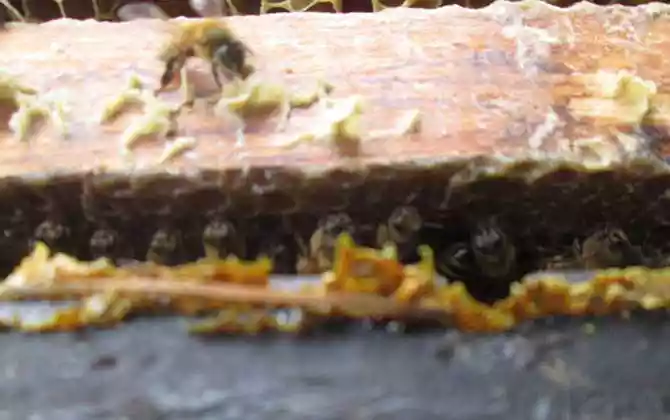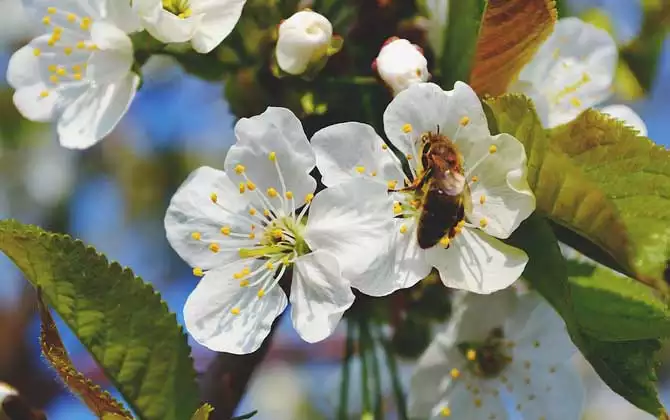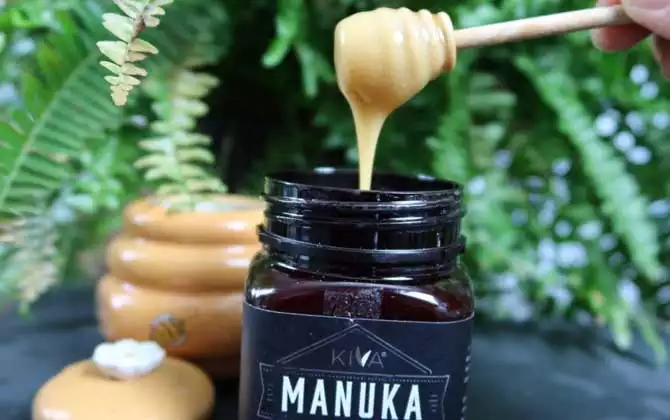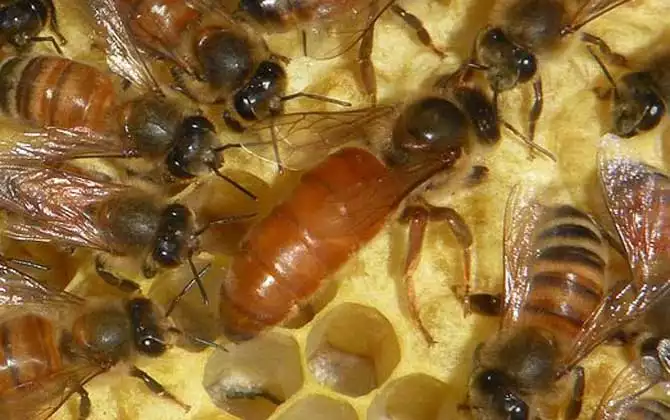Welcome contact us get latest quotation at [email protected]
How to Lure Bees into a Hive?
Bee is a well-known resource insect, because it can collect flowers and make honey and is well known to people, there are a large number of wild bee colonies distributed all over the world, if you can trap and artificially raise it is undoubtedly the way to get rich, but it is not easy to successfully trap wild bee colonies. Let’s take a look at how to lure bees into beehives!
1. Principle of Bees Attracting
Bee trap refers to the bee colony trapped in the wild. The principle is to attract wild bee colony to nest by using bee trap box and bee trap hole. There are two main types of target bee colony, one is the sub-colony in natural bee separation period, and the other is the migratory colony abandoned by factors such as lack of honey source and invasion of enemies. If you want to successfully lure bee colony, you must master the bee separation habit and migration habit, otherwise it is very likely to be in vain.
2. Bee-trapping tools
Bee-trapping tools mainly include bee-trapping boxes (bee-trapping barrels) and bee-trapping holes, in which bee-trapping boxes are made of wood, plastic and other materials, and bee-trapping holes are artificially excavated or natural caves to trap bees. The two bee-trapping tools have their own advantages and shortcomings. In order to enhance the effect of bee trapping, a layer of beeswax should be coated on the inner wall and near the nest door, because beeswax has natural attraction to wild bee colonies.
3. Time for trapping bees
- Natural bee separation period: Natural bee separation period is the best time to lure bees. The reason is that there are a large number of bee colonies to find sites to nest in natural bee separation period. The specific time varies with bee species and climate. Generally, it is concentrated in March to May when the climate is suitable and the honey source is rich.
- High migration incidence period: The high migration incidence period is the best time to lure bees. The reason is that there are a large number of migrating groups to find sites to nest in the high migration incidence period. The specific time varies with bee species and climate, and is generally concentrated in July to September when honey sources are scarce or enemies are serious.
4. Attraction Location
- Bee colony conditions: the beehive should be placed in a place where there are wild bee colonies, otherwise the beehive will not be lured if it is rotten. The simplest method is to observe the honey collection behavior of bees. If there are bees collecting honey and no one is keeping bees nearby, it indicates that there are wild bee colonies that can be lured.
- Nectar source conditions: The lure hive should be placed in a place with abundant and continuous nectar source, because bees cannot survive and reproduce without nectar source. There will be no bees coming to nest and settle in places where nectar source is scarce. When setting the lure hive, it is necessary to investigate the nearby nectar source.
- Nesting conditions: The hive should be placed in a place that conforms to the nesting habits of bees. One is that the surrounding environment must be quiet and rarely disturbed by humans and animals. The other is that it must be sheltered from the wind and sunny and warm in winter and cool in summer. The third is that there are eye-catching signs nearby to facilitate the positioning of the hive by workers.

